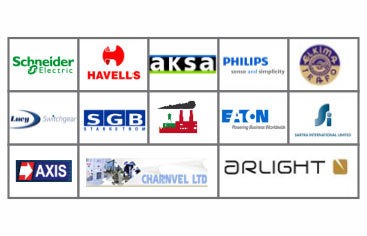The most popular example that analysts, academics and industry experts point to is Philips Lighting’s shift from selling light bulbs to offering lighting-as-a-service. In so doing, customers save money by paying only for the light they use, while ditching the hassle of burnt-out bulb replacement and disposal as well as navigating system upgrades. More important, Philips retains control of its products, making it easier to reclaim valuable materials, while maintaining an ongoing customer relationship. Everybody wins.
The idea of access versus ownership is nothing new. No one talks about disrupting the literary industry with "novels-as-a-service." We call those public libraries, and they’ve been around for thousands of years.
In its newest iteration — often referred to as the "performance economy," coined by architect and industrial analyst Walter Stahel in the 1970s — this framework asks companies to re-envision products as assets and to engage with customers as users. For many companies, this can be a fundamental shift.
"In its newest iteration — often referred to as the 'performance economy' — this framework asks companies to re-envision products as assets."
According to Peter Lacy at Accenture, "Once a material is seen as an investment and customers as users, one appreciates how little business sense it makes to discard product assets after only a few months instead of maintaining the customer relationship during multiple cycles."
From cars and tires to furniture and fashion, companies are beginning to catch on to the value potential of providing products-as-a-service by offering rental, leasing, pay-per-use and pay-per-service (such as Philips) models for items that traditionally have been purchased outright and disposed of when no longer needed.
However, not all product-as-a-service innovation offers a circular outcome. I’ve learned always to ask, "What happens next?" in a material’s life-cycle. Take the promising bike- and scooter-sharing services popping up across the world: Many cities, particularly in China, have been left with mountains of bike carcasses from failed companies falling short of the promise of sustainable, shared last-mile solutions. If products continue to end up in landfills rather than being refurbished or deconstructed and cycled back into the value chain, that’s hardly circular.
Not all product-as-a-service innovation offers a circular outcome. I’ve learned always to ask, 'What happens next?' in a material’s life-cycle.
It’s no small feat to invite customers to reimagine ownership and rethink their relationship with tangible goods. But even 20 years ago, it would have been hard to imagine a music industry based on selling sound rather than records or CDs.
As always, consumers want a better, easier option, and anything claiming to be circular (or sustainable) needs to deliver on that. Philips Lighting has garnered great success with lighting-as-a-service not because of an innovative model, but because it solved a problem. By improving consumer experience and alleviating the inconvenience of owning a lighting system, Philips offers a better, easier solution that also happens to be circular.



